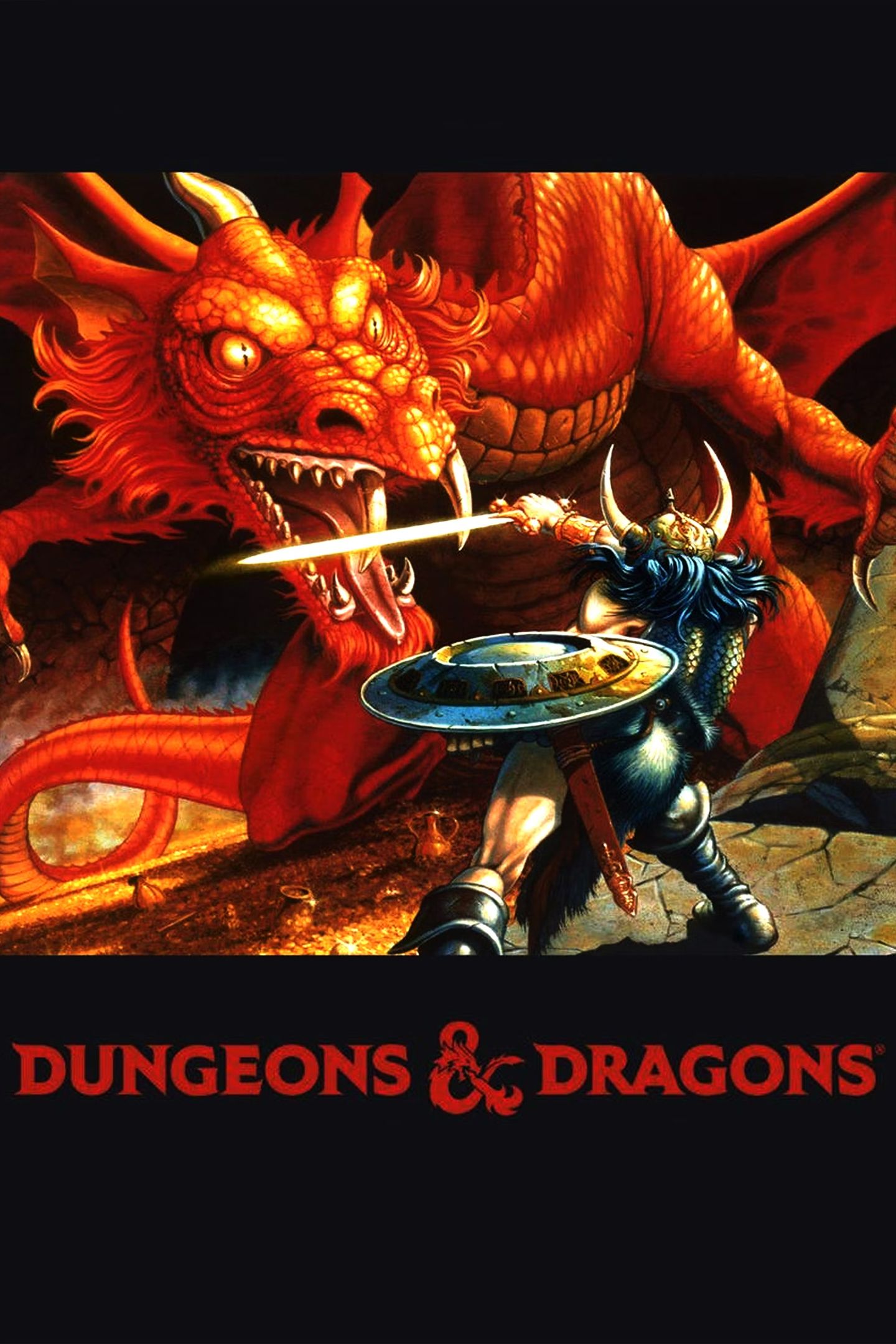Key Takeaways
- Bards in D&D 5e excel at social interactions, combat support, and spellcasting, making them versatile leaders in the party.
- Optimal Bard builds focus on maximizing Charisma, Dexterity, and Constitution to enhance spellcasting and survivability.
- Choosing the right Bard College and utilizing feats/backgrounds that complement playstyle and character role is crucial for customization.
The Bard of Dungeons & Dragons has evolved into a combination class, a jack-of-all-trades that can fill almost any role when it comes to spellcasting, healing, and even physical damage. They have the ability to talk the party out of sticky social situations using the power of Charisma.

Related
Dungeons & Dragons 5e: Best Magic Items For Bards
Bards in Dungeons & Dragons 5th edition need magical items that’ll complement their inherent abilities, which means more than just a new lute.
In dialogue, the natural charm of the Bard means they’re probably the leader or the face of the group. In combat, they’re best suited to buffing up allies and hobbling enemies with spells, so that another member of the group can go in for the kill.
Updated on December 7, 2024, by Kristy Ambrose: Once maligned and misunderstood as a relatively ineffective support class, Bards have emerged as versatile, hardy adventurers that can do anything short of leading the party into battle. Other options would be a homebrew build or a multiclass Bard, with popular choices being Paladins or Sorcerers, which are classes that also use Charisma as their spellcasting modifier. The exact build the player decides on depends on the campaign and the Dungeon Master.
Bardic Races
Look For Improvements To Charisma, Dexterity, And Constitution
- The best races for playing a Bard in D&D all have some sort of Charisma bonus, which is the main ability score and spellcasting skill for this class.
Players who are planning on
building a multiclass Bard
should also look for stats to complement that build. Paladins will need Strength, for example, and Rogues require Dexterity.
|
Species |
Sourcebook |
Description |
|
Aasimar |
Volo’s Guide to Monsters |
+2 to Charisma, and +1 to Intelligence |
|
Changeling |
Eberron: Rising from the Last War |
+2 bonus to Charisma is a great start for any build |
|
Drow Elf |
Player’s Handbook |
Bonuses to Charisma and Dexterity |
|
Half-elves |
Player’s Handbook |
+2 bonus to Charisma, +1 to two other attributes, Darkvision, extra skills, and Advantage against being charmed |
|
Lightfoot Halfling |
Player’s Handbook |
One of the two Halfing subraces, this one gets bonuses to Charisma and Dexterity |
|
Satyr |
Mystic Odysseys of Theros |
+2 to Charisma and a +1 Dexterity |
|
Tabaxi |
Volo’s Guide to Monsters |
+2 to Dexterity and a +1 to Charisma |
|
Tiefling |
Player’s Handbook |
+2 to Charisma and +1 to Intelligence |
|
Triton |
Volo’s Guide to Monsters |
+1 to Charisma. For those eyeing the College of Valor subclass, a Triton is ideal |
|
Variant Humans |
Eberron – Rising from the Last War |
Dexterity +2, one other Ability Score increases by 1. |

Related
One D&D 2024 Spell Rework is a Spiritual Successor to a Great Bard Feature in Baldur’s Gate 3
Some of the best features in the next version of Dungeons and Dragons come from changes that were made to mechanics in Baldur’s Gate 3.
Ability Scores
Ranked In Order Of Importance
- Charisma: It’s already been said that a Bard needs to ooze charm to be effective, so it shouldn’t be surprising that a Bard’s highest stat should most definitely be Charisma. If the Bard starts the game with their Charisma score below 20, then the player should focus on getting them there by gaining levels.
- Dexterity: The second-highest stat in the best Bard build should go to Dexterity. It boosts attack, initiative, and AC, and since Bards don’t usually wear heavy armor, they’ll need that naturally high AC in a fight.
- Constitution: The next-highest ability score should be Constitution. It’s nearly as important as Dexterity, given that Constitution dictates the number of hit points a character has. That’s a perk that any class would find valuable.
- Wisdom: Wisdom is not a priority for a Bard in the least. However, given the number of spells that call for a Wisdom saving throw, not to mention the skills this stat boosts, it shouldn’t be a dump stat either.
- Intelligence: Players will have a choice as to the second-lowest stat and which is the dump stat. Generally, Intelligence is considered the best stat for Bards and other Charisma-based casters to dump, but it doesn’t necessarily have to be.
- Strength: If someone wants their Bard to have a halfway decent Arcana skill, consider making Strength the dump stat instead. Only those who want a more Strength-based build or multiclassing into Fighter or Paladin need to put Intelligence last. Besides that, it’s the player’s choice.

Related
Dungeons & Dragons: Every Casting Class, Ranked
There are many casting classes to choose from in Dungeons & Dragons. Here’s a look at all of them, ranked.
Choosing A Bard College
Subclasses Are Important For Customization
- Bardic subclasses are divided into different Colleges, and several more have evolved over the years including homebrew ideas.
Players should feel free to explore any of these Colleges. When considering the best Bardic build in D&D, there are some colleges that are more convenient when it comes to gameplay, but creative players shouldn’t be discouraged if they want to create something unique.
|
Subclass |
Sourcebook |
Abilities |
Signature Spell |
|
College of Lore |
Player’s Handbook |
Three bonus proficiencies and Magical Secrets, so the Bard to cast spells from other classes |
Cutting Words |
|
College of Glamour |
Xanathar’s Guide to Everything |
Focus on controlling the battlefield and deceiving the enemy |
Mantle of Majesty, Unbreakable Majesty |
|
College of Spirits |
Van Richten’s Guide to Ravenloft |
The Guidance cantrip, which allows this Bard to reach out to spirits when in need of direction |
Tales From Beyond |
|
College of Valor |
Player’s Handbook |
Expert in melee damage, ideal for Bards that have multi- or dual-classed into martial classes |
Combat Inspiration |
|
College of Creation |
Tasha’s Cauldron of Everything |
Mote of Potential, the ability to create and animate objects |
Animating Performance |
|
College of Swords |
Xanathar’s Guide to Everything |
Offensive swordplay, a variety of melee combat skills, the Fighting Style ability |
Blade Flourish |
|
College of Whispers |
Xanathar’s Guide to Everything |
Focus on charm and intrigue, ideal for dungeon crawling or political maneuvers |
Shadow Lore |
|
College of Eloquence |
Mystic Odysseys of Theros, Tasha’s Cauldron of Everything |
Emphasis on the Bard’s oration abilities |
Silver Tongue Unfailing Inspiration |

Related
Dungeons & Dragons 5e: Best Warlock Builds
Warlocks are a sometimes underestimated class in Dungeons & Dragons, but done well, they can be devastating spellcasters in their own right.
Character Sheet Completion
Spells And Skills Starting From Level 1
- Spells and Cantrips are an important part of every Bard build and can emphasize healing, damage, or support roles
First-Level Spells
- Minor Illusion is a cantrip that allows the Bard to produce almost any illusory effect.
- Vicious Mockery is a cantrip that gives Disadvantage to the player’s enemies, great for Bard builds in 5e and for RP.
- Detect Magic is a first-level spell that’s useful in various settings, from a posh dinner to a grotty prison.
- Healing Ward is a first-level spell that’s essential for players building a healer or support character.
Skills
- Deception: Charisma-based, useful in both diplomatic situations and combat, and ideal for virtually any Bard build.
- Persuasion: Charisma-based, this Skill is essential if the player is the leader of a party.
- Performance: Charisma-based, this skill is fairly obvious for any class that relies on public appearances.
- Perception: Wisdom-based, so not a winner for all Bards, but it’s useful as players will be rolling for Perception fairly often.
- Arcana: Intelligence-based, this useful skill helps the user memorize and recognize spells.

Related
Every Dungeons and Dragons 2024 Bard Change Explained
The 2024 Dungeons and Dragons’ Player’s Handbook comes with a lot of changes to the Bard that will streamline gameplay and add versatility.
Feats and Backgrounds
The Finishing Touches To Every Character Build
Feats
- Actor makes a good choice for players who want a Feat rather than the ability score increase, but still need to bump their bard’s Charisma up a point. It also provides Advantage on Deception and Persuasion checks that involve trying to pass oneself off as a different person.
- War Caster is a great option for both Valor and Lore bards who need a bonus to their concentration and some expanded attack of opportunity options. It provides a variety of abilities that make it easier to cast spells in battle.
- Inspiring Leader gives the Bard extra hit points, making it ideal for those who lead their party into battle or tend to draw attention as healers.
- Magic Initiate allows the player to choose two cantrips from other classes. It offers a handy way to get extra spellcasting abilities to customize a character’s role.
Backgrounds
- Charlatan combines nicely with other Bardic skills, like Actor and Persuasion.
- Courtier is ideal for those with an upper-class background or diplomatic ties. It also grants the use of one extra language.
- Entertainer is an obvious pick for the Bard, but its features might be redundant depending on the player’s choice of College.
- The Faction Agent background is similar to a spy. This Bard could adhere to a certain ideology or work for a specific political entity.

Related
Baldur’s Gate 3: Best Bard Class Build
Fans who intend on playing as a Bard in Baldur’s Gate 3 will find details on how to maximize the class’ potential in this guide.
Best Bard Gear
Improvements To Charisma And Armor Class
- Emphasize other skills and abilities depending on the role and build
Bards are limited when it comes to armor and weapons, but certain Feats and multiclass options can remedy that issue if the player wishes. A spellcasting Bard will focus on Charisma, with Dexterity aiding both their casting and Sleight of Hand abilities.
|
Item |
Source |
Description |
|
Masquerade Tattoo |
Tasha’s Cauldron of Everything |
Gives the Bard the power of the Disguise Self spell. |
|
Staff Of Charming |
D&D Basic Rules |
10 charges to cast Charm Person, Command, or Comprehend Languages, protects the user from Enchantment spells |
|
Pipes of Haunting |
D&D Basic Rules |
Playing a melody from these pipes renders any creature nearby to become Frightened, but allies can pass a saving throw |
|
Cloak Of Invisibility |
Dungeon Master’s Guide |
Pull the hood up to render the wearer invisible for 2 hours. Recharges after 1 hour |
|
Instrument of the Bards |
Dungeon Master’s Guide |
Seven varieties of these instruments exist, and each includes a few extra spell slots for healing, damage, or support |
|
Ring Of Protection |
D&D Free Rules (2024) |
+1 to AC when wearing the ring |


















Leave a Reply